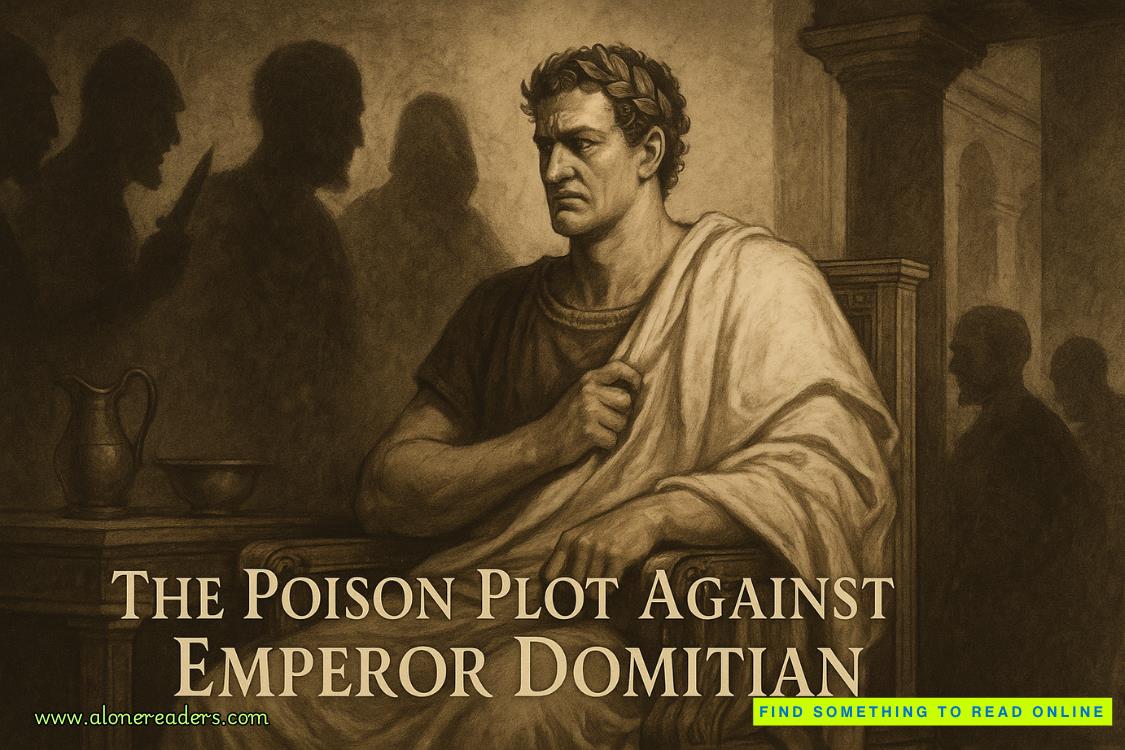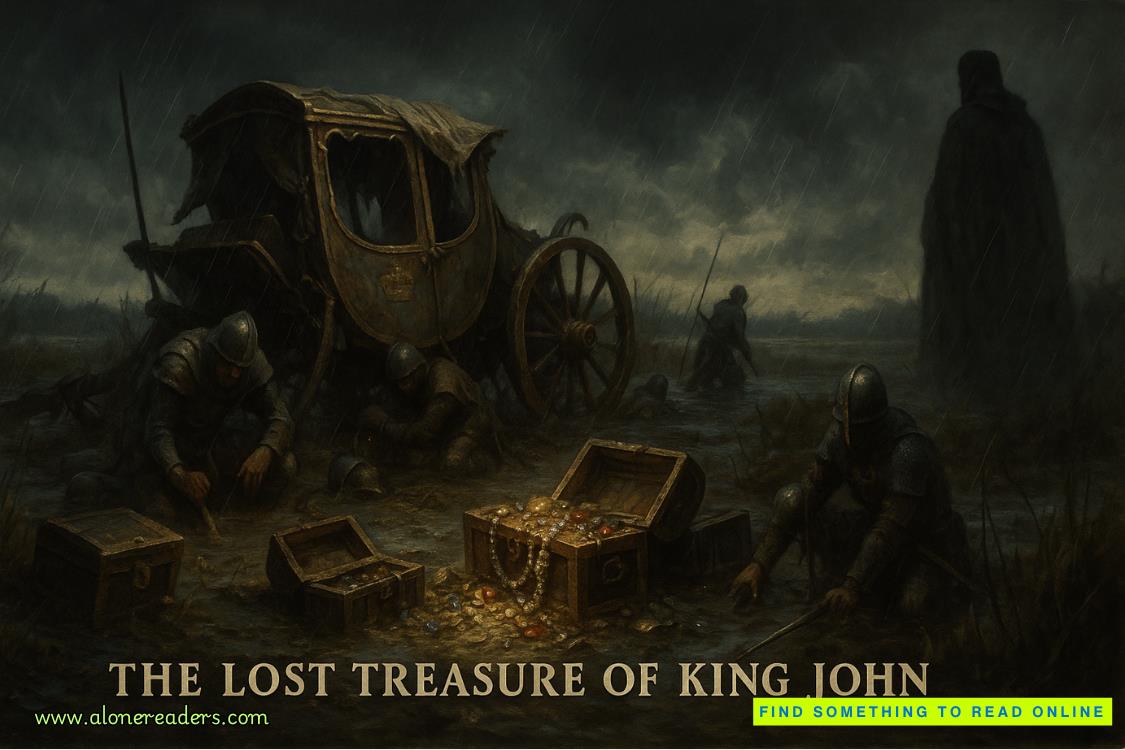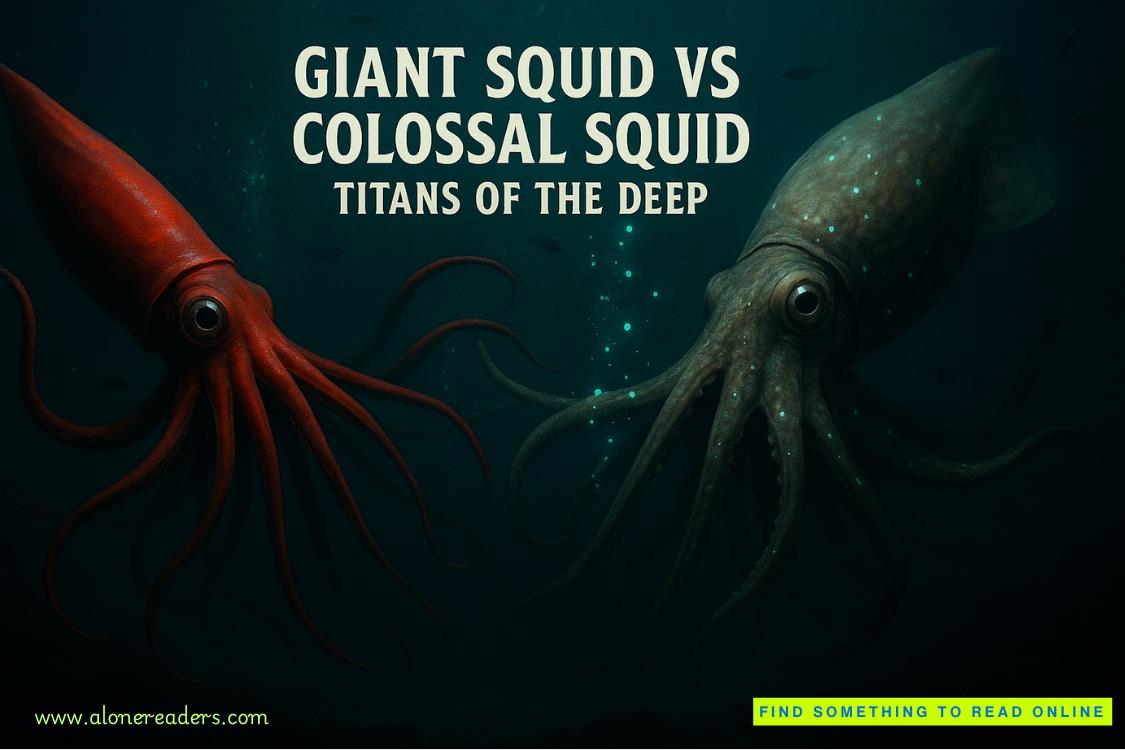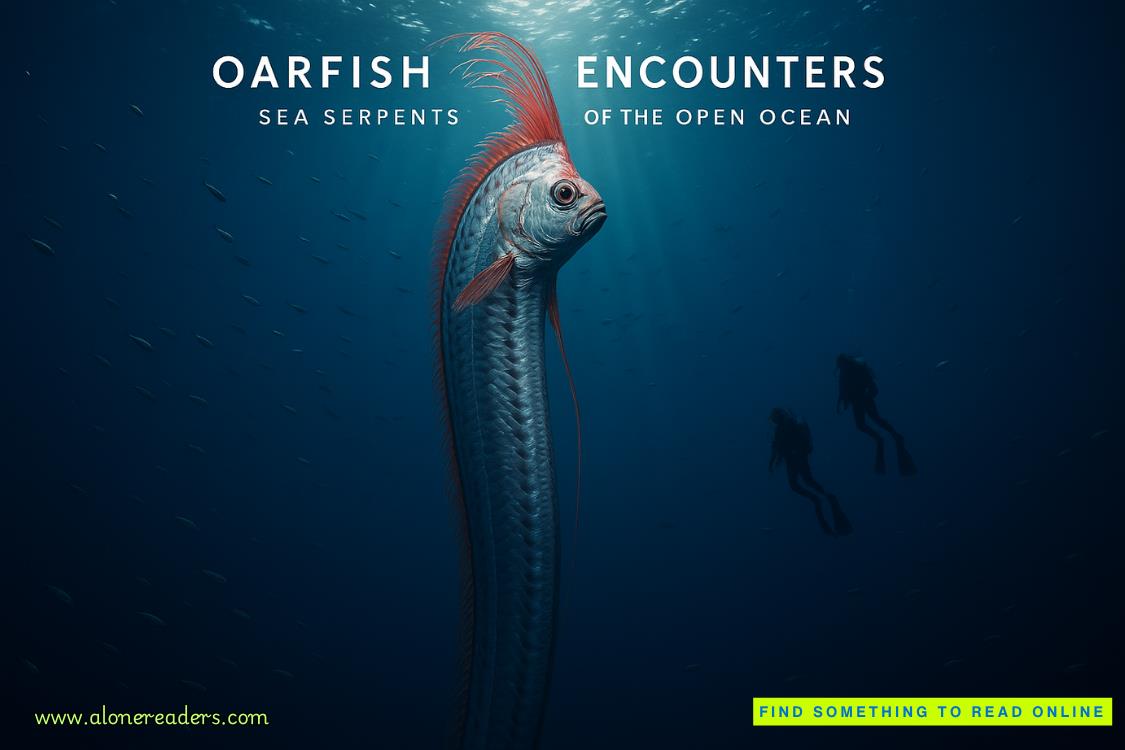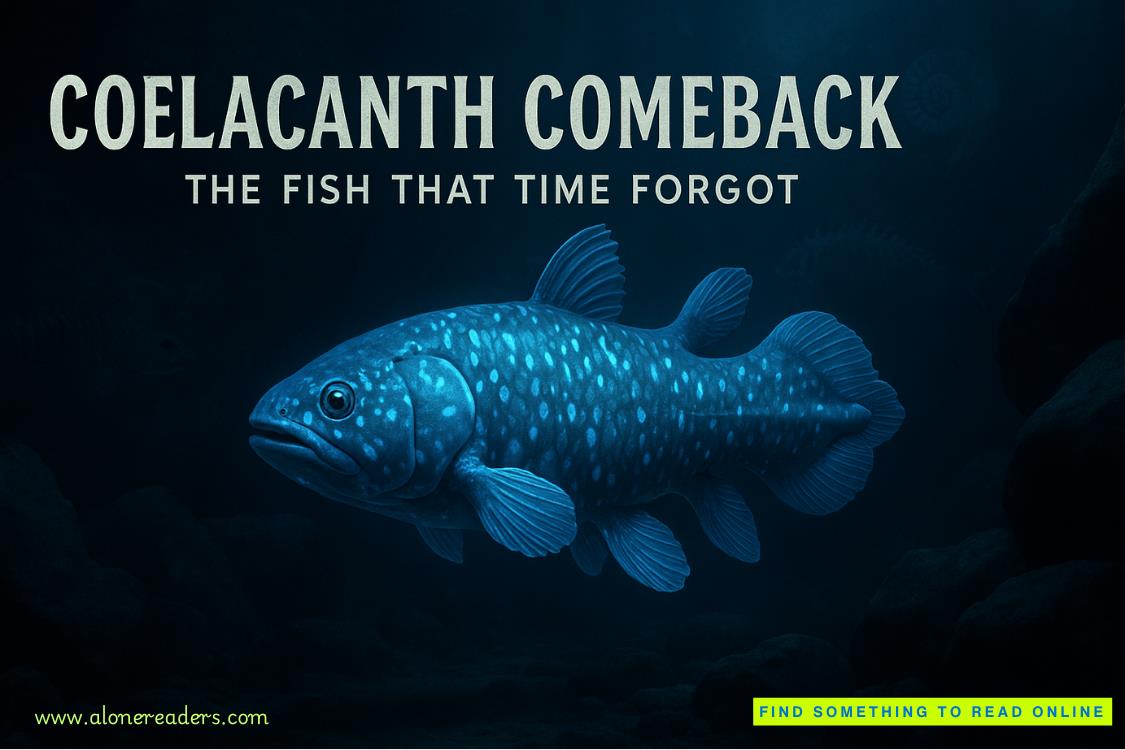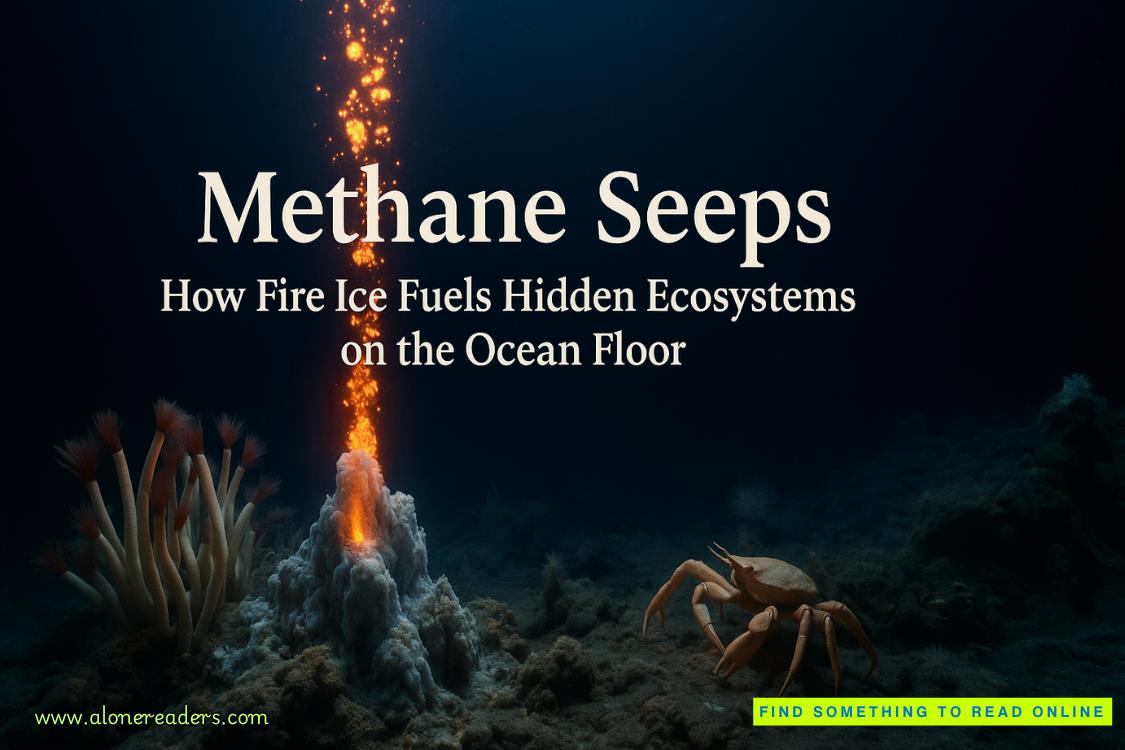Page 139 of The 9th Man
And sent him to Fort Lauderdale, Florida.
To bird-dog Rowland’s yacht.
“You keep watchin’,” he said. “He’ll be coming your way soon. Let me know the moment he does.”
“Gotcha.”
68
LUKE WAS BACK INSIDE HIS MUSTANG. A WONDERFULLY RESTORED1967 first-generation model that he’d bought as a gift to himself while in the army. Silver with black stripes—not a scratch on it—he stored it in a garage adjacent to his apartment building in DC. He didn’t own a lot of things, but his car was special. Thirteen smiles per gallon, he liked to say. He’d wrecked it bad during a previous assignment, but thankfully it had been repaired. Good as new. Or as good as a nearly sixty-year-old car could be.
He’d driven from Washington into Maryland, finding the driveway and easing up to what Stephanie had described asthe guard shack. While the structure’s size fit the image of a shack, the mostly glass architecture did not. Nevertheless, a man in uniform emerged as he braked to a stop. The guard asked for his name and his point of contact, then checked his driver’s license against an iPad screen.
“You’ll be met in the lobby. Visitor parking is on the right, a couple hundred yards down,” he was told.
He followed the curved, tree-lined lane until the parking lot appeared. It was only half full so he had no trouble finding a spot near the main entrance. Like the guard shack, the main building was all sleek and modern with a white-concrete façade and great swaths of shimmering glass.
As promised, Victoria Sandberg, one of the senior curators, met him in the sun-filled lobby. She was an older woman, with cascading silver hair and a broad smile. He expressed his thanks for her taking the time to meet with him.
“We get a lot of requests that generally relate to yours,” she told him. “But nothing quite this specific. You’ve really piqued my curiosity.”
It had been several days since David Eckstein breathed his final words.
NAI 31621.
His initial Google search for the acronym NAI had turned up dozens upon dozens of hits ranging from the inane—New and Improved—to the puzzling—NATO Analog Interface—and everything in between. The number sequence 31621, aside from apparently being the model number for a popular toilet, was so commonplace Luke gave up his hunt after only a few minutes.
So he’d backtracked and started with the question, what was David Eckstein’s role in his partnership with Benji Stein and Ray Simmons?
The answer came immediately.
Researcher.
And where were materials and artifacts from the Kennedy assassination stored? The national archives. And how are those items cataloged? NAI. Shorthand for “National Archives Identifier.” 31621? An item number within the National Archives and Records Administration database.
From there his job got easier.
In addition to the building in Washington, DC, which was the national archives’ public face, there were eighteen other records centers but only one of those, the College Park campus, dealt specifically with the assassination of President John Fitzgerald Kennedy.
He said to Victoria Sandberg, “I imagine curiosity is a prerequisite for your job.”
“Absolutely. But this particular subject is a specialty of mine. Hence, why you have me today. I’ve set you up at a space on the fifth floor, inside the Still Pictures Research Room.”
He followed her to a bank of elevators. When the doors closed behind them he said, “You have an entire floor dedicated to pictures?”
“We store about fifteen million hard-copy artifacts, including negatives, slides, and transparencies. On top of that we’ve got about fifty thousand large-format graphics and another three million digital images.”
“That’s a staggering amount,” he said.
“Only if you have to dust them all,” she said, with a grin. “Sorry. Archivist humor. If you don’t mind me asking, what’s your interest in this subject?”
Truth was, he had no idea what he was about to see, but as it had been David Eckstein’s final utterance it was a thread worth chasing.
And Stephanie had agreed.
“It’s official business, if you get my drift.”
“I thought as much.”


